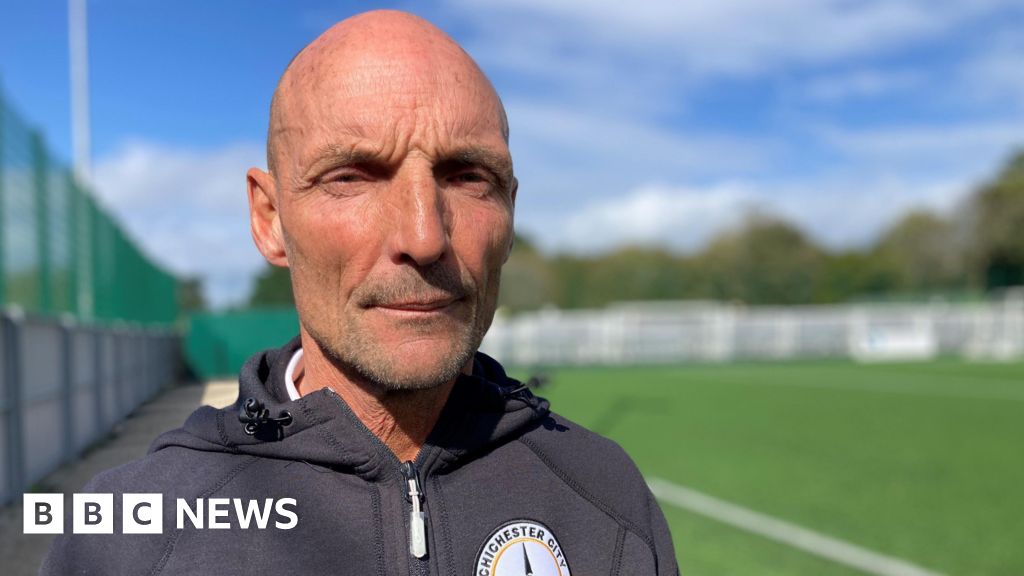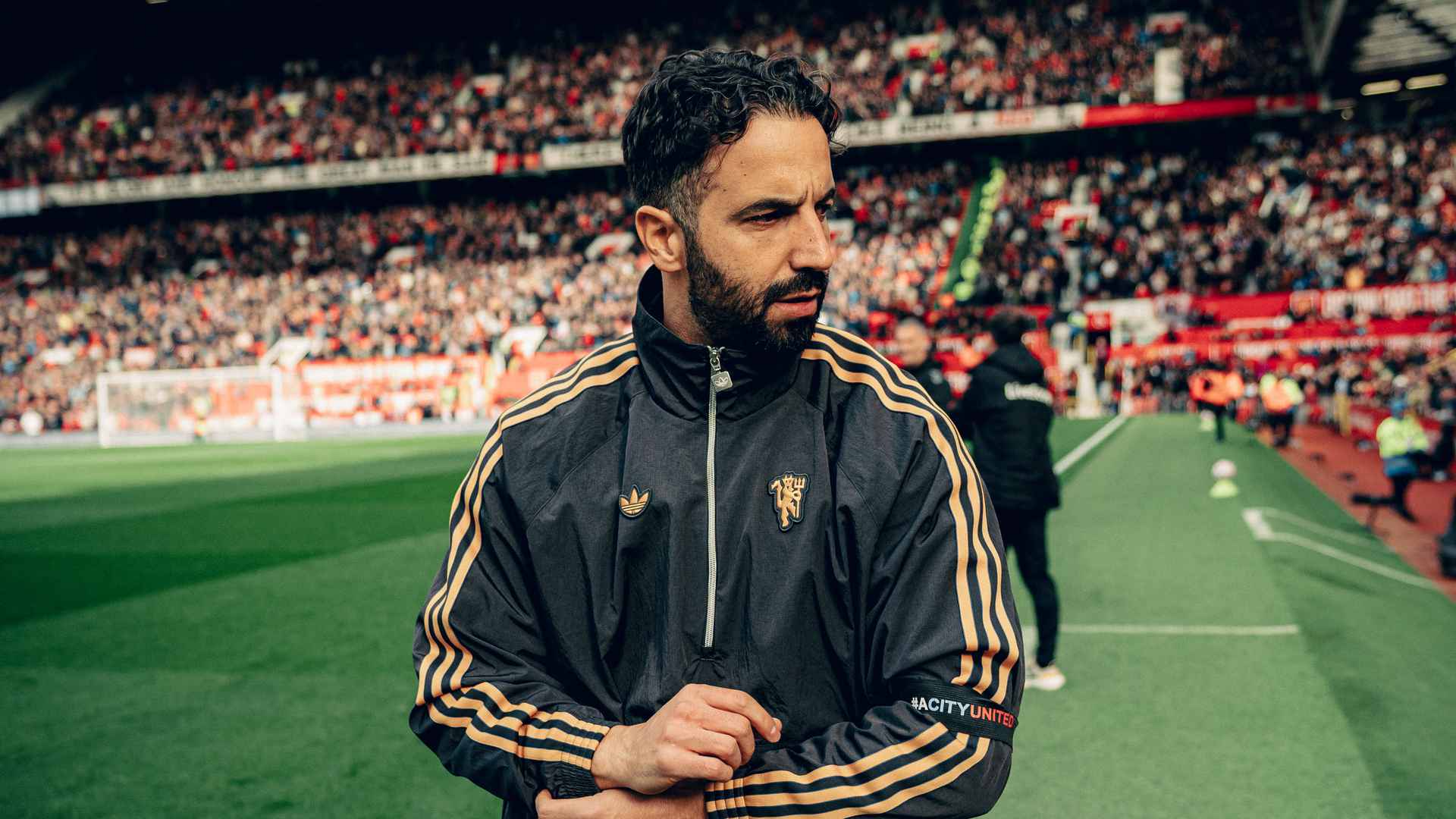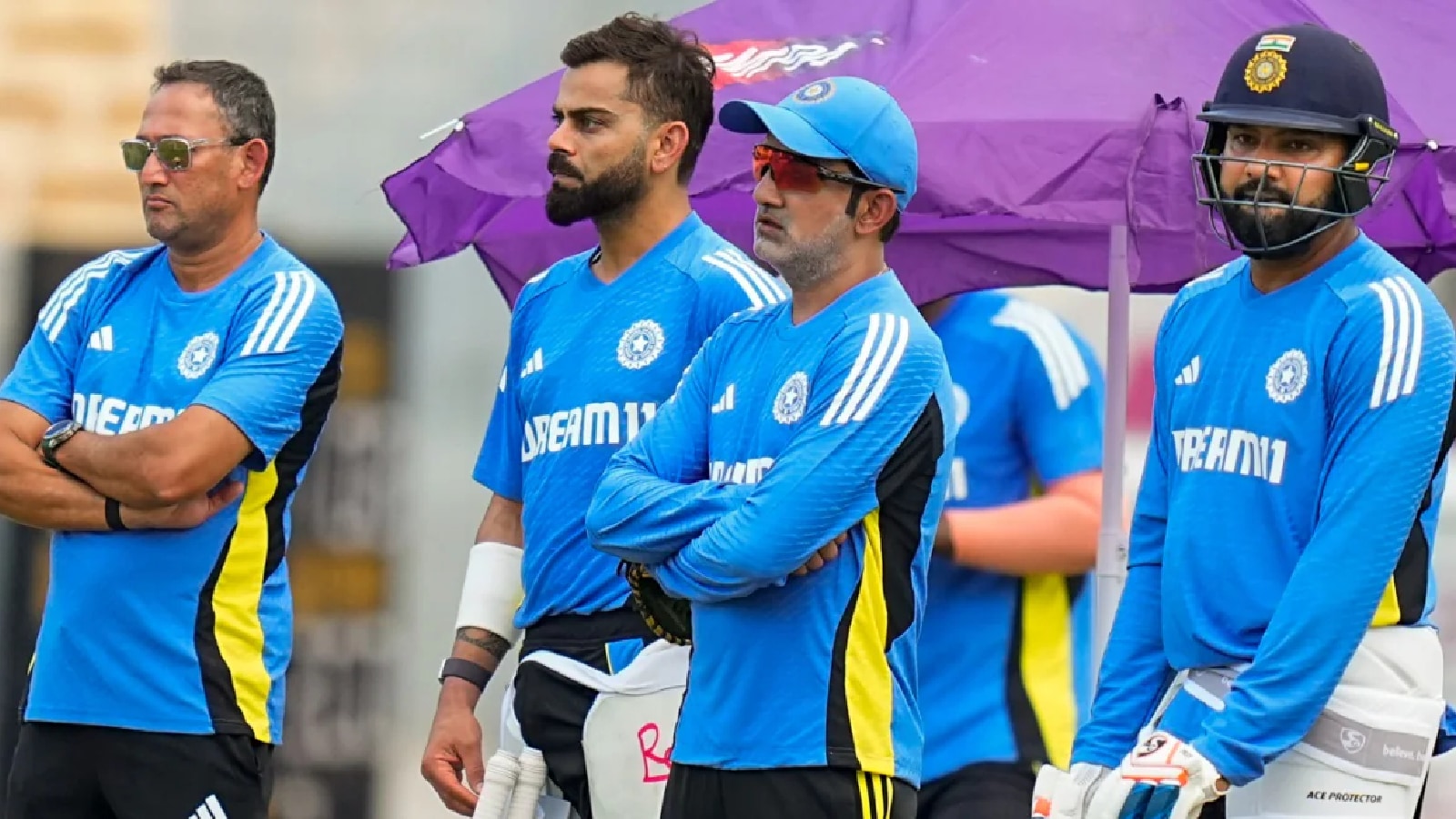‘The wounds will never heal’: Collingwood once had a soccer team. Yes, really

Inspired by the way some of Greece’s biggest soccer clubs were also multi-sport juggernauts, Evriniadis approached Rob Petrie, who was Collingwood’s general manager at the time, with the idea of joining forces.Evriniadis had also put in a bid to acquire the NBL’s North Melbourne Giants. He figured that if the three sports – basketball, soccer and Aussie rules – could “synergise”, then a super-club could be born.While that element of the plan never got off the ground, the Collingwood-Heidelberg union (represented by the Warriors’ garish black-and-white striped jersey, defaced with zigzags of Heidelberg yellow) was on paper, at least, a win-win for all concerned.By the early ’90s, the Magpies had moved most of their home games to the MCG; the Warriors played out of Victoria Park, and the rent and gate money generated would contribute to the ageing ground’s upkeep. Involvement in soccer, meanwhile, had the potential to open up a new, possibly even global fan base for one of Australia’s biggest sporting brands.For Heidelberg, of course, it was an easy ticket back into the big time.The early signs were overwhelmingly positive.Zoran Matic, one of the NSL’s top coaches, assembled an excellent squad featuring Socceroos Ernie Tapai and Goran Lozanovski, Olyroos goalkeeper Frank Juric, and Kimon Taliadoros, their captain, who thought the whole thing was a new “blueprint for the future of Australian sport”, and chose to sign for them specifically because he was so excited by it. The Warriors steamrolled their way through to the final of the NSL Cup in pre-season, beating Marconi in the final. The hype was real.The Warriors’ first league game, at home to the Melbourne Knights, was a raging success. Collingwood legends Peter Daicos, Lou Richards and Bob Rose were presented to the crowd, and the team ran through an AFL-style banner created by the club’s cheer squad. So many people turned up – about 15,000 in the end, a seriously impressive number for the NSL in those days – that police threw open the gates at Victoria Park for safety reasons.“Collingwood thought that it was going to be a typical footy crowd – that everybody was going to slowly turn up, and that over a two or three-hour period, the people would roll in,” Evriniadis said.“Of course, soccer crowds don’t behave that way. They all come in the last 15 minutes.”Indeed, not long before kick-off, the line to get in was so long that it was blocking traffic on Hoddle Street, on the other side of the train station, nearly a kilometre away. It was proof, some thought at the time, that the two codes could co-exist successfully.“The senior policeman comes to me and says to me, ‘You either open the gates, or I’m going to open them’. So the last three or four thousand people on that day got to get in for free,” Evriniadis said.“If only they kept coming.“It was a great day, and we won 3-0. I went home that night and I thought my dream may come true. But it very quickly became my nightmare – and two months later I got sacked.”‘I was an idiot … the wounds will never heal’The AFL was never thrilled with the whole multi-sports idea, which was popular at the time. Carlton would enter a side in the NSL the following season, and Essendon explored a partnership with the Thomastown Zebras but withdrew their “Essendon Raiders” bid to join for 1996-97. The AFL immediately introduced “Rule 40” to stave off the threat and protect their dominance, prohibiting clubs from becoming involved with other sports. But they were still allowed to collect rent from other sports for use of their facilities, which was the loophole the Warriors squeezed in through.The novelty quickly wore off. Unbeaten in their first six games, the Warriors went winless for the next 11, as injuries exposed a lack of depth in their squad and punters discovered that Collingwood’s contribution to the venture was merely cosmetic and they were pretty much just Heidelberg in disguise. Crowds dropped below the 5000 needed for them to break even, and then even further, to barely 1000. Having overblown their budget on their football department, they ran out of money by February.Facing their own financial problems, Collingwood withdrew their support just five months into the season, amid sustained back-channel pressure from the AFL. Players were told they weren’t getting paid, then refused to take the field for their match against Sydney Olympic. Legal threats from Soccer Australia, however, forced the AFL side of the operation into a slight backdown; the Warriors would see out the rest of the NSL campaign, but go on no further.In truth, Victoria Park was never a great fit for soccer. Players felt the surface was too hard. As an oval, it was not conducive to generating a typical soccer atmosphere, and for training, it was only available when the AFL side wasn’t using it. More often than not, there were no markings on the field for soccer.But it was better than nothing, which is precisely what Matic was left to contend with once the Warriors were evicted late in the season, during the club’s death throes. Players remember he would jump in the car in the morning and search Melbourne for an empty park for them to train in.“We’d get a phone call – let’s say three, four in the afternoon – and he’d say, ‘OK, boys, we’re training here’,” recalls Juric, who works today as the Socceroos’ goalkeeping coach. “We were training in four, five, six different venues by the end of the season. Sometimes there were no balls.”Their final home game, a 2-0 defeat to the Brisbane Strikers, was played in front of barely 500 hardy souls at Olympic Park.Matic, on reflection, later described himself as “a little kid wanting to play with fire” for choosing an ill-conceived AFL experiment over the other clubs who wanted him that season, for whom soccer was actually their core business.“I was an idiot … the wounds will never heal,” he said.‘You learn from your history’That was probably the lowest point in Heidelberg’s history. Nearly three decades later, they are enjoying their greatest moment since.Off the field, the club is financially stable, with some of the best facilities in Victoria. On the field, Heidelberg are one of Australia’s best football operations outside the A-League; they were recently crowned champions of the Victorian NPL, arguably the strongest of all the state leagues, which qualifies them for the Australian Championship, Football Australia’s new second-tier competition, kicking off next week.They may not be the first NPL club to reach the Australia Cup final – that was Sydney United 58 in 2022 – but they have gotten there in far more impressive fashion, not only upsetting but outplaying A-League sides Western Sydney Wanderers, Wellington Phoenix and Auckland FC while scoring 11 goals and conceding zero.Their coach, John Anastasiadis, has had them training at practically a full-time schedule this year, and has copied over what he could from Western United, where he used to work as an assistant to John Aloisi.“No one’s getting paid extra to do it, mate,” said Anastasiadis (whose brother, Dean, incidentally, also played for the Collingwood Warriors).“There’s no money for these cup competitions. The players are doing it because they just love to be part of it. You definitely couldn’t do it if you didn’t love it.”If this team can go one step further, and knock off the Newcastle Jets on Saturday in the Australia Cup final at Lakeside Stadium, it will be their first piece of national silverware since the Warriors came, saw, briefly conquered, and quickly dissolved.LoadingIt might even be the greatest achievement in the club’s history – even bigger, in full context, as their 1980 national championship, and a true sporting fairytale.“I had huge hopes and ambitions for the Collingwood Warriors,” said Evriniadis.“Maybe the timing wasn’t right. Maybe the personnel wasn’t right. Maybe it just wasn’t meant to be. Certainly, it didn’t quite turn out the way I’d hoped. But here we are. You learn from your history. That experiment, and that experience, really taught us a lot. And I think we’re a better club for it.“I’m beaming with pride ... the dream’s finally coming true.”News, results and expert analysis from the weekend of sport are sent every Monday. Sign up for our Sport newsletter.









